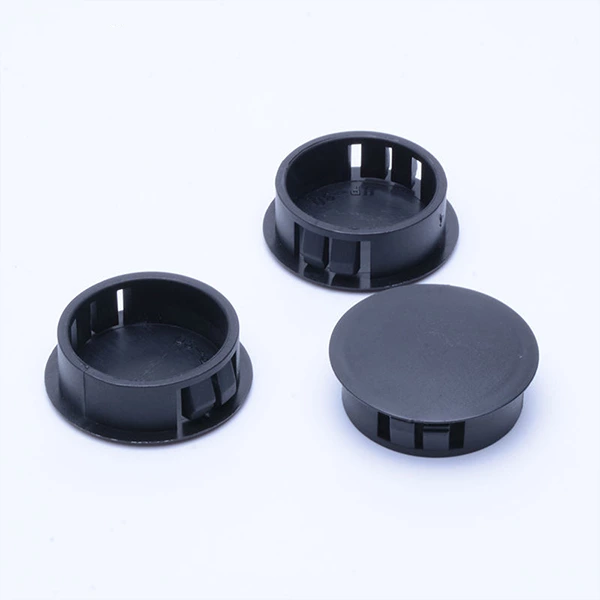Metal Cable Waterproof Joint Structure And Parameters
Power supply lines, cable laying, lighting fixtures, electrical boxes and other occasions not only require relatively high sealing performance of the joints such as dustproof and waterproof, but also require aesthetics. Ordinary joints cannot have both good sealing and aesthetics at the same time, while metal cable waterproof joints not only have very good waterproof and dustproof performance, but also have a generous and beautiful appearance, which is very suitable for use in a variety of occasions. Let us introduce its structure and parameters below:
Structural composition: The plastic-dip cable waterproof joint mainly includes nuts, clamping heads, and clamping rings. It consists of clamping claws, columns, and gaskets.
Working temperature: The working temperature of Nylon Cable Gland is divided into two parts, one is the dynamic working temperature, and the other is the static working temperature. When dynamic, the working temperature range is -20℃ to 80℃, and the working temperature can reach 100℃ in a very short time. When static, the working temperature range is -40℃ to 100℃, and the working temperature can even reach 120℃ in a very short time.
Thread length: Short threads are suitable for devices with internal threads, and can also be used for opening holes in thin boards. As for long threads, they can connect thick boards. If the thread length is not within the standard specifications, it can be customized according to requirements. The thread specifications include British, American, Metric, German, etc.
Protection level: Within the specified bayonet range, with the sealing ring, the protection level can reach IP68-10 bar pressure.
When we use metal cable waterproof connectors, we often need to use them with supporting products at the same time. Lock the cable at one end of the connector, and connect the other end to the box of the equipment box. In addition, you can also choose the matching threaded equipment according to the thread on the interface, and just tighten it according to the thread direction.

 English
English اللغة العربية
اللغة العربية Español
Español Français
Français Português
Português Русский
Русский